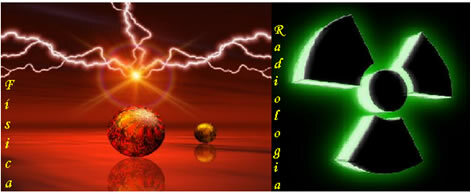The teaching of physics is applied in several areas. Understanding various phenomena enables technological advances that can be translated and applied in different areas.
Radiology makes use of ionizing radiation for the purposes of: diagnosing and treating structures or organs (medical area); evaluate metallic structures (engineering), among other applications.
The knowledge of ionizing radiation is important for the radiology professional, as it is their main work tool.
The professional responsible for working this knowledge with radiology professionals is the physicist. It is up to him to deal with the fundamental concepts of radiation such as: definition of what radiation is; electromagnetic radiation; fundamental particles; ionizing radiation; non-ionizing radiation; radioactivity; radioactive decay; radioactive half-life; effects due to the interaction of radiation with matter; atomic model and all the knowledge related to radiation.
This knowledge must be worked on according to the students' graduation level. If they are students of the technical course, it is up to the physicist not to delve so deeply into the concepts; for undergraduate students the requirement is greater, but the content remains practically the same.

Physics translates the concepts of the main tool
used by radiology professionals
By Frederico Borges de Almeida
Graduated in Physics
Brazil School Team
Electromagnetism - Physics - Brazil School
Source: Brazil School - https://brasilescola.uol.com.br/fisica/o-fisico-radiologia.htm

